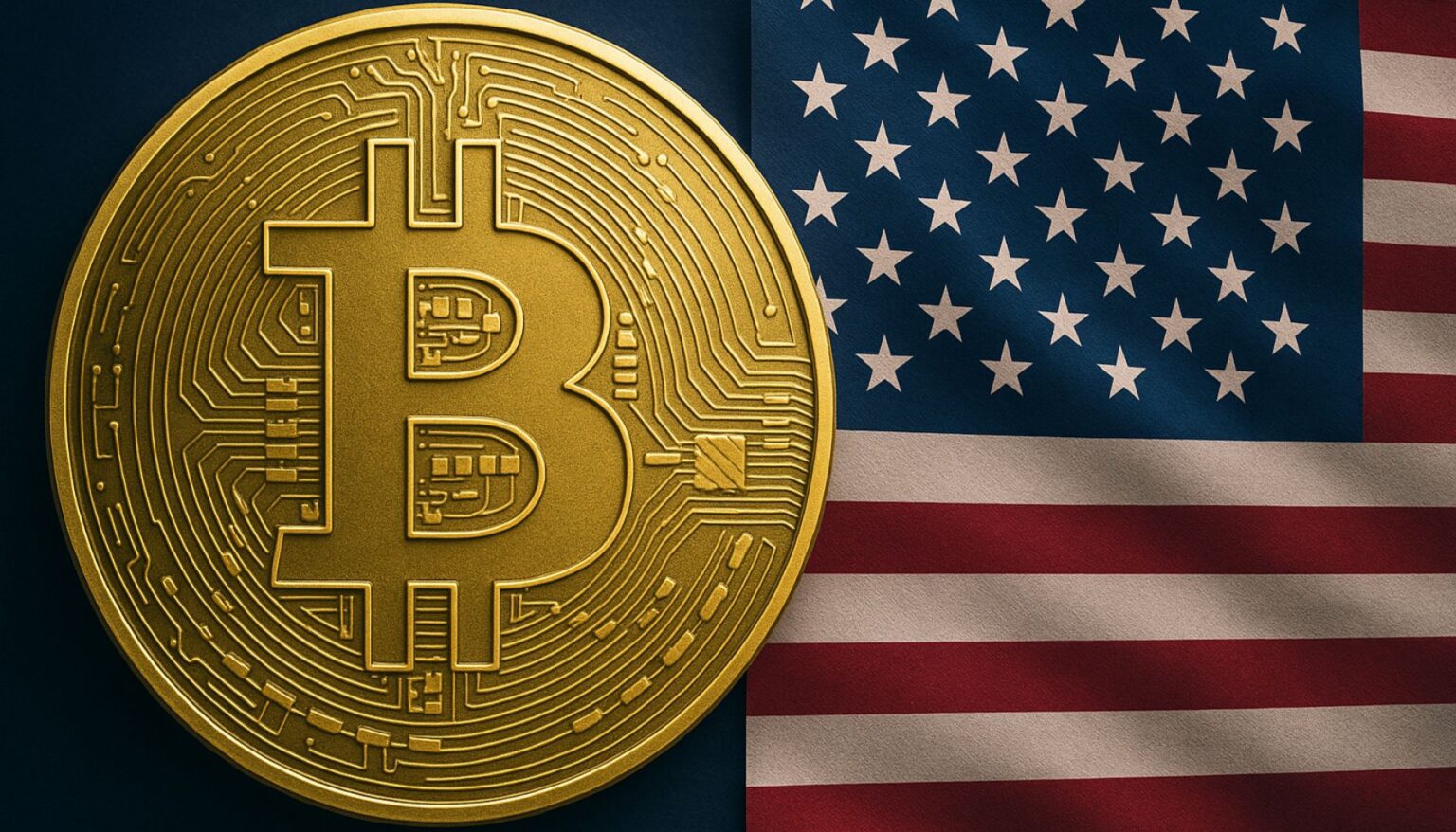The financial landscape constantly evolves, introducing new complexities and opportunities that keep investors on their toes. As emerging technologies and innovative financial practices shape the future, understanding the intricacies of digital assets becomes increasingly important. This guide dives deep into the U.S. government’s involvement with Bitcoin, providing insights into Bitcoin’s market dynamics and offering a detailed analysis of current price trends. Whether you’re a seasoned investor or new to the cryptocurrency space, equipping yourself with up-to-date information can significantly impact your investment decisions.
Unpacking the U.S. Government’s Bitcoin Holdings: Facts and Insights
An Inside Look at U.S. Government Bitcoin Reserves
Recent whispers suggested that the U.S. government had offloaded a vast amount of its Bitcoin reserves, triggering concern among market participants. However, fresh data from Arkham Intelligence, a leading blockchain analytics firm, put these rumors to rest, confirming that the U.S. government still holds approximately 198,000 BTC, valued at around $23.5 billion. These holdings are spread across several addresses maintained by government entities, including the United States Marshals Service (USMS), FBI, DOJ, DEA, and U.S. Attorney’s Offices.
This information dispels misconceptions stemming from misinterpretations of a Freedom of Information Act (FOIA) response, which many mistakenly believed indicated a significant government sell-off. In reality, the cited 28,988 BTC accounts for only a fraction of the total reserves.
Historical Origin of U.S. Government Bitcoin Assets
Arkham Intelligence reveals that the bulk of the U.S. government’s Bitcoin, worth approximately $23.5 billion, was acquired through notable historical seizures. The most prominent is the 2022 confiscation from Ilya Lichtenstein and Heather Morgan, following the infamous 2016 Bitfinex hack. Authorities reclaimed 94,000 BTC from the duo, with subsequent recoveries boosting the total to 114,599 BTC. These funds, initially stolen from Bitfinex clients, may eventually be redistributed to victims through legal restitution processes.
Additionally, in 2020, officials seized 69,369 BTC from an individual dubbed ‘Individual X,’ who accessed Silk Road’s funds long after the notorious marketplace had been dismantled. This individual voluntarily surrendered the assets, marking a precedent-setting case in cryptocurrency forensic recovery.
Arkham further identifies smaller Bitcoin reserves seized from various illicit operations, held in wallets linked to federal agencies, underscoring the transparency and continued monitoring of these assets.
The Market Impact of Dormant Bitcoin Reserves
Despite the market jitteriness due to speculative reports, the U.S. government’s Bitcoin reserves remain stationary, offering market stability as Bitcoin holds near its historical peak values. The potential impact of any significant liquidation by the government remains a topic of keen interest for investors, given the capital influence such a move would wield.
Current Bitcoin Price Consolidation Analysis
Bitcoin is presently experiencing a period of price consolidation, oscillating between $115,724 and $122,077. The recent upward trajectory in July saw Bitcoin soar to new heights, but the momentum has since tapered. Buyers have consistently upheld support at $115,724, yet resistance near $122,077 remains formidable.
On the technical front, Bitcoin’s value aligns closely with the 50-period simple moving average (SMA) at $118,412, while staying above the 100-SMA ($116,614) and the 200-SMA ($111,678), all of which indicate a sustained bullish trend. However, the declining volume during this consolidation phase signals market indecision.
A breakout beyond the $122,077 resistance could pave the way for Bitcoin to challenge the $125,000 mark. Conversely, a fall below the $115,724 support might prompt a more pronounced downward correction, with the 100-SMA and 200-SMA providing dynamic support.
Could the U.S. Government Influence Bitcoin Prices by Selling Its Holdings?
While the government’s Bitcoin holdings are significant, any large-scale sale might temporarily impact market prices. However, such a move would depend on economic and policy considerations, ensuring that actions align with broader financial stability objectives.
How Did the U.S. Government Acquire Most of Its Bitcoin Reserves?
The majority of U.S. government Bitcoin reserves came from the Bitfinex hack and Silk Road seizures. These historic events involved recovering significant amounts of stolen Bitcoin through legal channels.
What Are the Implications of Bitcoin Price Consolidation for Future Trends?
The ongoing price consolidation suggests a period of market recalibration. Investors watch for breakout patterns that could signal new trends, either bullish or bearish, shaping Bitcoin’s near-term trajectory.
This in-depth exploration of Bitcoin and its relationship with the U.S. government provides a clearer understanding of the cryptocurrency’s current market position. Armed with this knowledge, investors can make strategic decisions rooted in reliable information and expert analysis.

